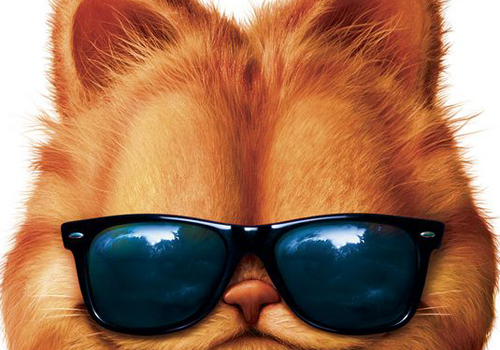We had several challenges to tackle on the first film depicting the beloved orange cat as a 3D character. The character is of course iconic, and required a high degree of look consistency across various live action backgrounds. Since Garfield was the main protagonist in the film, we also had to deal with a large number of shots.
At the time we made the film, CG artists would have to create and manage a large set of parameter to achieve a lighting scenario both for realism and to reach an aesthetic target. The amount of data being managed impacted the number of shots any given lighter could manage at any given time. The traditional way of working was no longer sustainable so we had to innovate.
Lighting Abstraction and Encapsulation
The fist issue we had to deal with was the high degree of coupling of lighting controls along with material properties and grooming definitions. We isolated the lighting information away from all the other properties and subsequently packaged them as atomic assets which could be applied independently to various shots in the film. Once we successfully encapsulated the lighting information into assets, this allowed us to establish a central repository which could be used to populate lighting setups across shots in the film.
Role Stratification
Once we had the lighting asset framework established, this created an opportunity to have a few senior lighters establish the lighting for an entire sequence (a sequence is a collection of shots, usually in a single location) — and we called this sequence lighting. The sequence lighting pass became the starting point for shots which could be taken over by more junior lighters to finish dialing in through to final approval. This process became analogous to key framing for hand-drawn animators, in which a senior animator establishes key poses for a character, and the in-between frames were drawn by more junior animators who became known as in-betweeners.
Process Innovation
Having delivered on our original aspirations, we were able to provide some unexpected added value to the film-making process. We now had the ability to establish sequence level lighting with unprecedented efficacy, and along with a rough pass of animation on Garfield we were able to generate previews of all our shots. These previews could now be edited together to provide a rough version of the film much earlier in the production process — in subsequent years, this approach would become known as p

